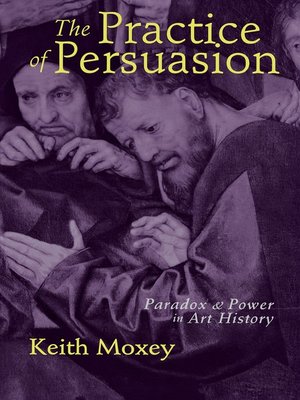
Sign up to save your library
With an OverDrive account, you can save your favorite libraries for at-a-glance information about availability. Find out more about OverDrive accounts.
Find this title in Libby, the library reading app by OverDrive.



Search for a digital library with this title
Title found at these libraries:
| Library Name | Distance |
|---|---|
| Loading... |
This sequel to The Practice of Theory stresses the continued need for self-reflective awareness in art historical writing. Offering a series of meditations on the discipline of art history in the context of contemporary critical theory, Moxey addresses such central issues as the status of the canon, the nature of aesthetic value, and the character of historical knowledge. The chapters are linked by a common interest in, even fascination with, the paradoxical power of narrative and the identity of the authorial voice.
Moxey maintains that art history is a rhetoric of persuasion rather than a discourse of truth. Each chapter in The Practice of Persuasion attempts to demonstrate the paradoxes inherent in a genre that—while committed to representing the past—must inevitably bear the imprint of the present. In Moxey's view, art history as a discipline is often unable to recognize its status as a regime of truth that produces historically determined meanings and so continues to act as if based on a universal aesthetic foundation. His new book should enable art historians to engage with the past in a manner less determined by tradition and more responsive to contemporary values and aspirations.







